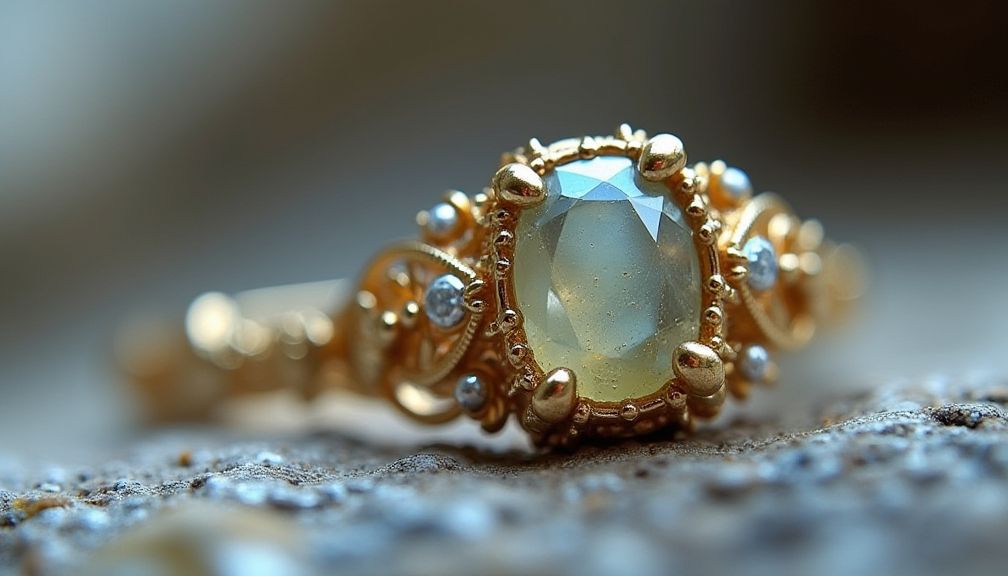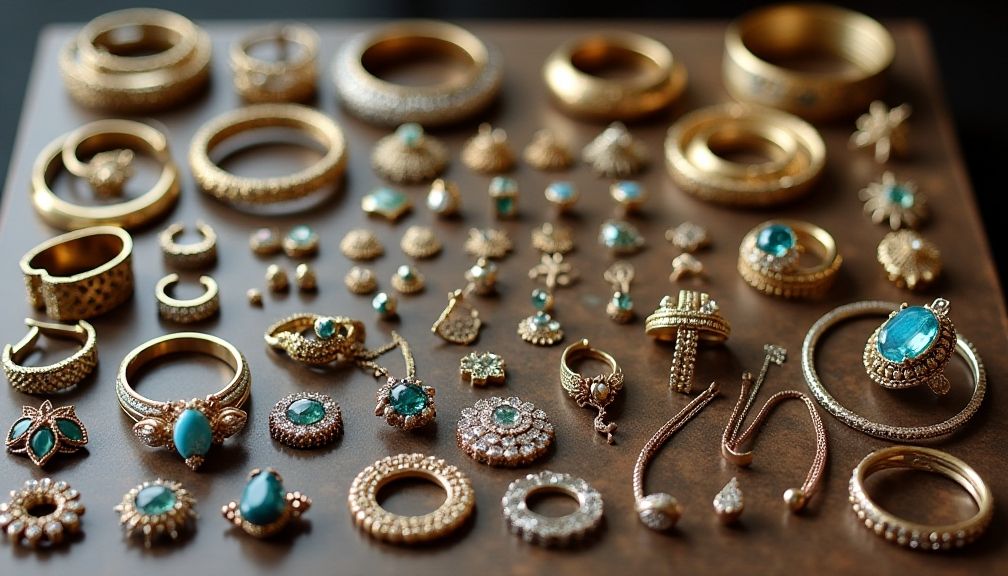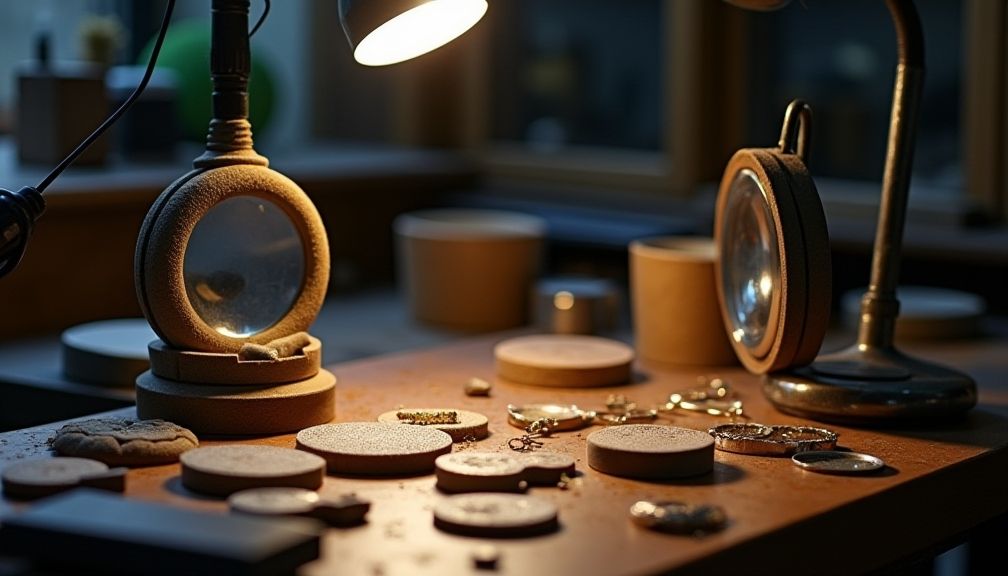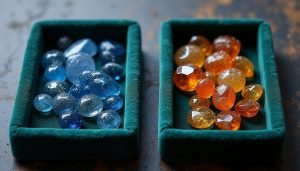When it comes to jewelry, the allure often lies not just in its design but also in the care that goes into its finishing. Quality finishing can elevate a piece from ordinary to extraordinary, ensuring both its beauty and longevity. But how can you, as a consumer, differentiate between high-quality and subpar finishing? Understanding the nuances of jewelry craftsmanship is essential. This guide will help you navigate the often-overlooked aspects of jewelry finishing so you can make informed purchasing decisions.
Understanding Jewelry Finishing
Jewelry finishing refers to the final step of the manufacturing process in which the piece is polished, cleaned, and inspected for quality. This process is crucial for ensuring the aesthetic appeal and durability of the jewelry. It includes a variety of techniques aimed at enhancing the visual appeal while also protecting the piece from everyday wear and tear.
There are several types of finishing techniques used in jewelry making, including polishing, plating, and enamel spreading. Each of these processes plays a significant role in the overall quality and aesthetics of the finished product.

Why Quality Finishing Matters
Quality finishing matters for numerous reasons:
- Aesthetic Value: Well-finished jewelry sparkles and shines, drawing the eye and enhancing the design.
- Durability: High-quality finishes can make jewelry more resistant to scratches and tarnishing, extending the life of the piece.
- Value Retention: Jewelry that is well-finished holds its value better over time. Poorly finished pieces may lose their appeal—and their resale value.
Key Indicators of Quality Jewelry Finishing
1. Polish and Shine
The first thing to notice when examining a piece of jewelry is its polish and shine. High-quality jewelry will have a consistent, brilliant shine without dull areas. Look for a smooth surface that reflects light evenly. If the piece appears cloudy or has rough patches, it’s likely not well-finished.
2. Attention to Detail
Gaze closely at the small details. Quality finishing often reveals itself in the precision of craftsmanship. Inspect the edges and curves to ensure they’re well-defined and free from imperfections. Look for clean lines and a smooth transition between different parts of the jewelry.
3. Weight and Substance
Quality jewelry often has a feeling of weight and substance. Lightweight pieces may indicate that inferior materials were used or that they skimped on the amount of metal. Hold the piece in your hands; a well-finished item generally feels solid and robust.
4. Consistency
Check for consistency across the piece. High-quality jewelry will feature finishing that is uniform, meaning there are no noticeable discrepancies in color, texture, or polish throughout the item. If you spot patches that seem different from the surrounding area, it could be a red flag.
5. Joinery and Settings
Assess how the components of the jewelry are joined together. Quality finishes will have secure settings and joints that seamlessly integrate. Look for well-fitted stones that sit securely in their settings. A loose stone could indicate poor craftsmanship, making the piece susceptible to damage.
Identifying Different Finishing Techniques
Every jewelry maker has a distinct style, but certain finishing techniques are more prevalent than others. Understanding these techniques can provide insights into the quality of the piece.
1. Polishing
This is the most common finishing technique and is vital for removing scratches and enhancing the piece’s shine. Jewelry can be polished in various ways, including by hand or using machines. Hand polishing usually yields better results but is also time-consuming.
2. Plating
Poorly executed plating can diminish the quality of a piece. Look for smooth, even layers of plating. Thicker plates usually offer better protection and durability. Check for signs of wear or discoloration that may indicate inferior quality.
Further Reading:
3. Enamel Finishing
Enamel work can add depth and color to a piece. Quality enamel is thick and rich in color, with a shiny finish. Inspect the edges for any lifts or chips, which may suggest poor craftsmanship. If the enamel is not smooth, it can be a sign of a rushed or sloppy finish.
How to Test Jewelry Finishing
There are several practical tests you can perform to gauge the quality of a piece:
1. Scratch Test
Gently scratching an inconspicuous area with a metal object can reveal information about the piece’s finish. A quality finish will resist scratches better than a poor one.
2. Water Test
Apply a few water droplets to the surface of the jewelry. If water beads up, it’s a good sign that the finish is well-protected. If it seeps into the surface or leaves a mark, it may indicate inferior quality.
3. Color Test
Look for a color consistency across the entire piece. Fluctuations in color can indicate uneven finishes or inferior materials. Quality items tend to have rich, deep colors that remain consistent.
The Role of Certifications and Hallmarks
One way to ensure you’re purchasing high-quality jewelry is to look for certifications or hallmarks. These can be engravings that denote the piece’s metals, gemstones, or quality standards.
Jewelry made with precious metals usually has a hallmark indicating its purity. Common markings include:
- 925: Softly indicates sterling silver (92.5% silver).
- 750: Denotes 18k gold (75% gold).
- 999: Refers to pure gold.

Choosing the Right Jewelry Maker
When selecting jewelry, consider the reputation of the maker. Reputable brands invest in quality finishing, and their products often reflect that commitment. Research the brand’s review history; positive customer feedback is a good indicator of quality.
Conclusion
Spotting quality in jewelry finishing is an essential skill for any buyer. With these tips and insights, you’ll be better equipped to recognize the hallmarks of excellence in craftsmanship. Remember, well-finished jewelry is not only about aesthetics; it’s an investment in durability and value. Whether you’re investing in a statement piece or a subtle everyday accessory, understanding the quality of jewelry finishing can ensure that you appreciate your purchase for years to come.








